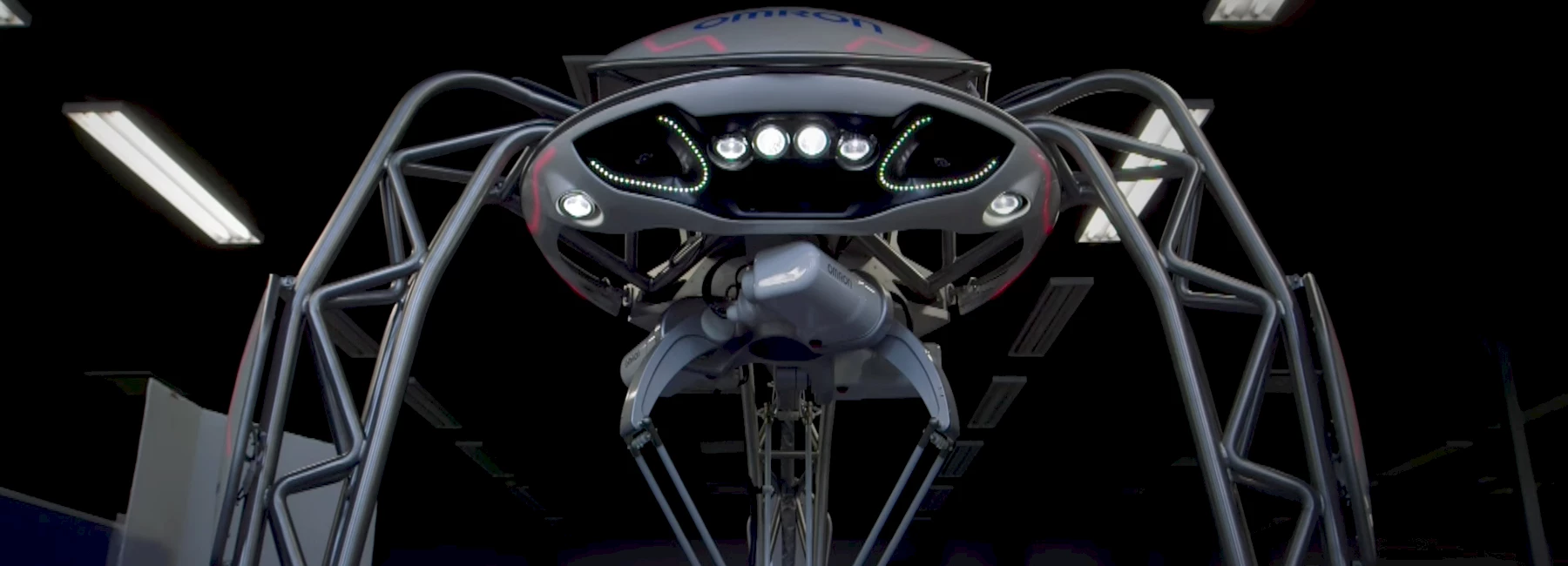New dog, new tricks
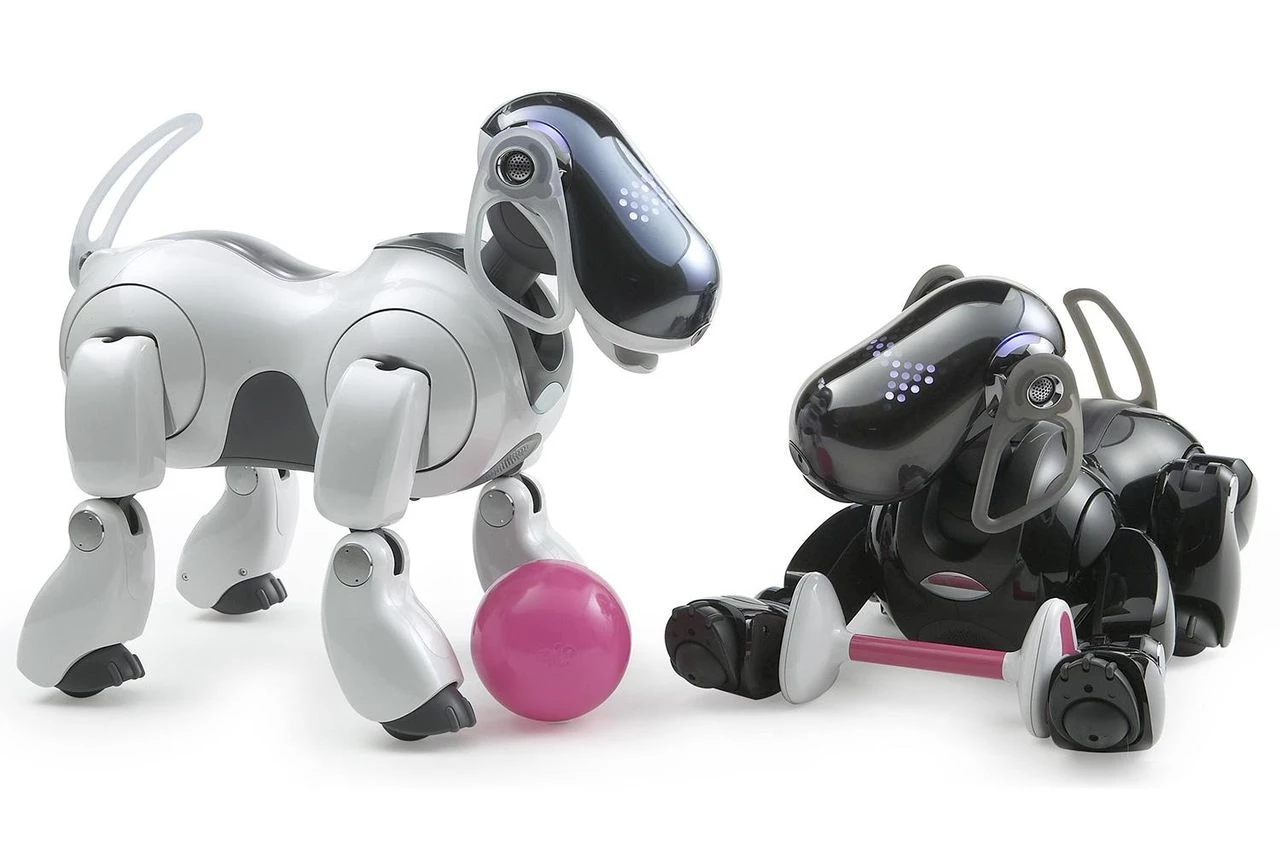
Aibo robot dogs ERS-7M2, 2004. © Sony Corp.
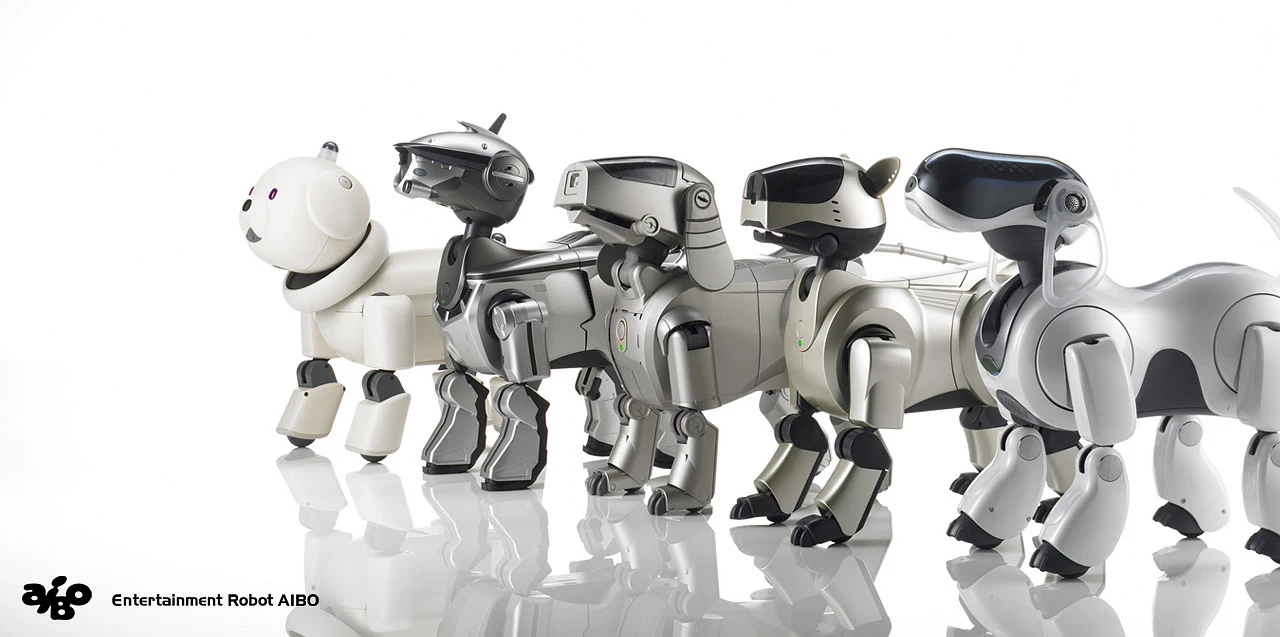
5 generations of Aibo robot dogs. © Sony Corp.
Sony launched its original robot dog, Aibo, in 1999. It was lovable and was an immediate hit, especially in Japan, where 10 different models were available until 2005. But it wasn’t cheap. For example, the ERS-7 model, launched in 2003, cost US$1,600 (but still found 45,000 forever homes). Howard Stringer, CEO of Sony in 2006, canned the Aibo project as a diversification that was inconsistent with the company’s strategy. The 200-odd employees working on Aibo were reassigned to other projects, like the PlayStation or digital cameras. Today, sources indicate that Sony gathered the remaining Aibo engineers still at the company, including artificial intelligence expert Masahiro Fujita, to revive the domestic robot. Given technological progress since 2006, especially in AI, this new puppy promises to be downright savant, and we can’t wait to see it frolicking around.
⇨ IEEE Spectrum, “Sony bringing back Aibo team to develop new robot dog.”
Oculus Go
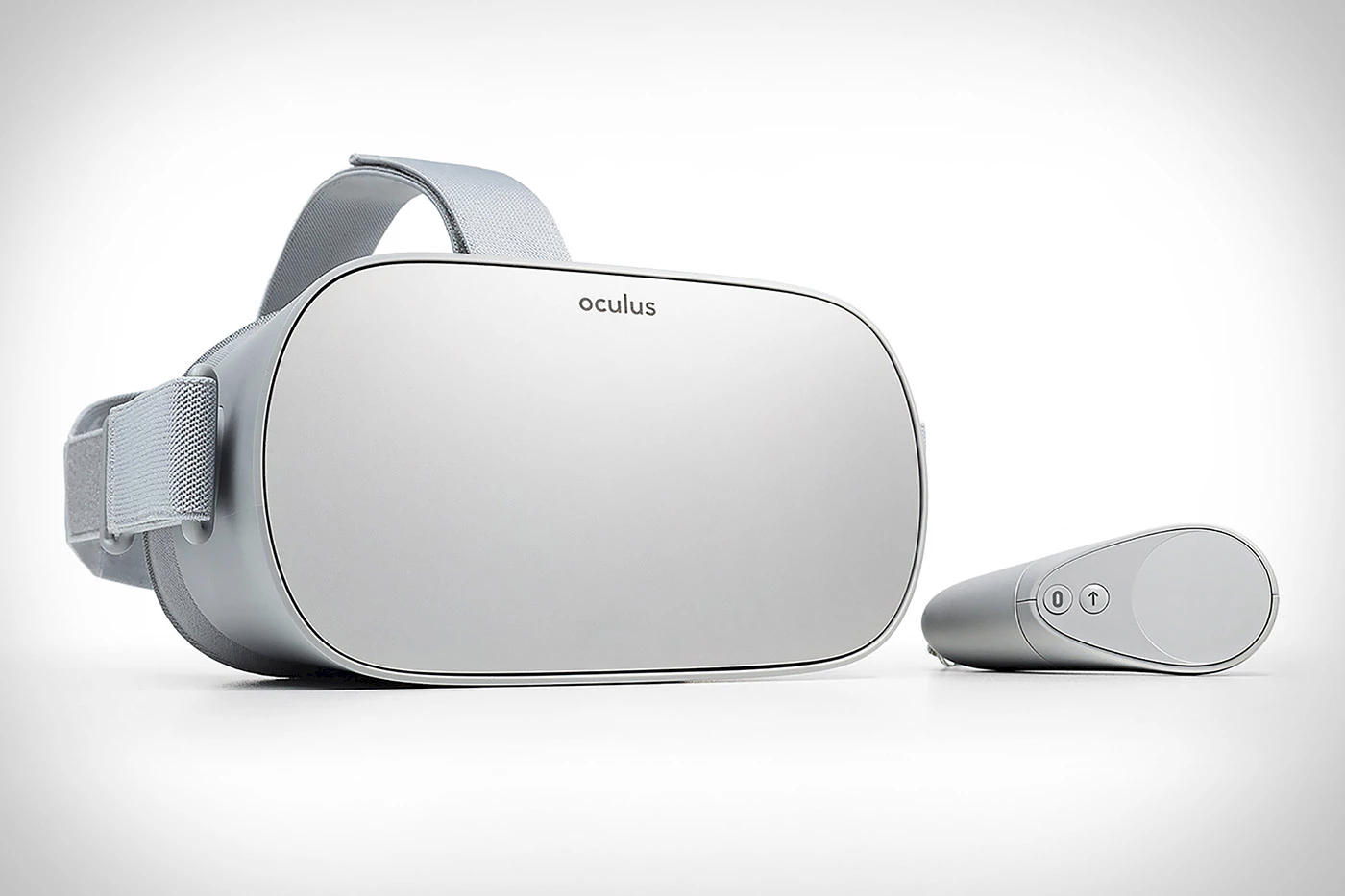
Oculus Go. © Facebook.
Facebook introduced the Oculus Go, its new virtual reality headset, which will be sold for a relatively reasonable US$200. The first thing we noticed about it is that it’s a standalone headset: no need for a PC, or the attendant wires. The Oculus comes with an LCD “specifically optimized for virtual reality” at 2,560x1,440 pixels, for a 90-degree field of vision. At that price, tracking functions are limited: just the headset and controller movements are detected. The Go will ship early next year, but a developer’s kit should be available in November. Facebook also announced that it was dropping the price of the Oculus Rift by US$100, to US$400.
⇨ Recode, “Facebook-owned Oculus built another VR headset: The $199 wireless ‘Oculus Go’.”
17-qubit Intel chip
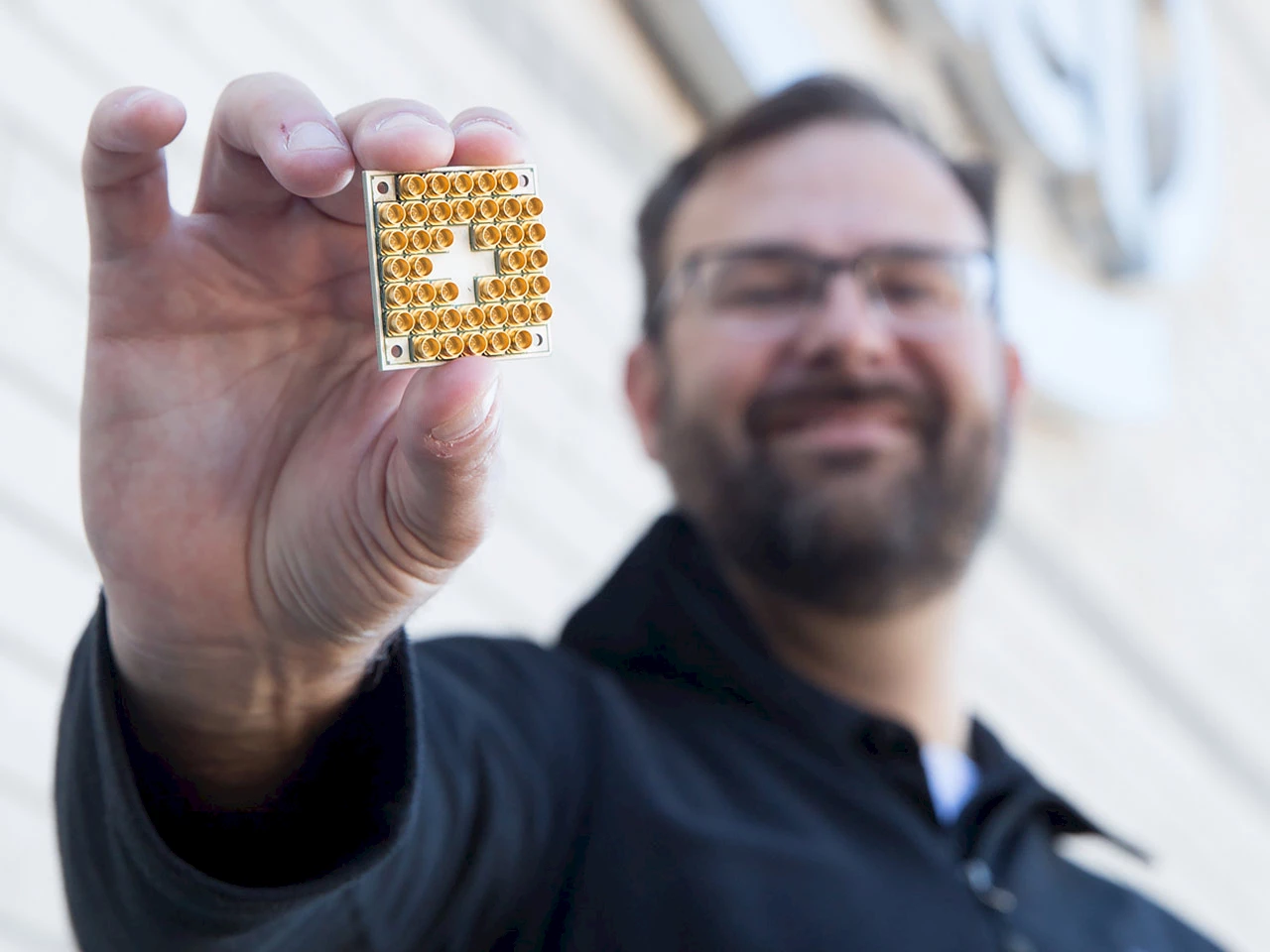
Jim Clarke, Intel's director of quantum hardware, holds the 17-qubit chip. © Intel.
Intel announced that it was making a 17-qubit chip available to its research partners. According to Jim Clarke, director for quantum hardware at Intel, the company settled on 17 qubits because it’s the minimum required for error correction. The qubit supraconductors operate at 20 millikelvins (a brisk -273° Celsius). Intel is touting its bolstered protection against interference, the bane of nano-scale computing. In terms of development speed, Intel’s supraconductor qubit project is clearly miles ahead of those based on other types of qubits, but the competition is hard at it (IBM, Google, Microsoft…) and we can expect several announcements over the next few months. To find out more, read our recent article: “Microsoft’s quantum gamble”.
⇨ IEEE Spectrum, “Intel accelerates its quantum computing efforts with 17-qubit chip.”
Casio TR Mini selfie camera

TR-M11. © Casio Computer.
Casio has long produced selfie-specific cameras under its TR series of products. The latest addition to the family is the TR Mini (TR-M11), a selfie camera made to look, and act, like a compact, showing you to the world under your best light. The TR Mini’s central lens is a 21mm, takes social network-ready square photos by default with a wide-angle perspective to capture your face and shoulders and a focal length with a slimming effect on the face. A ring of eight LED flashes around the lens allows lighting in different modes — Sculpt, Slim, and Shadow, while selfie-specific features remove moles, circles under eyes, and so on. Even better, the TR Mini’s clamshell shape looks just like a compact and packs unobtrusively in a handbag. Finally, the TR Mini uploads pictures automatically to a phone over low-energy Bluetooth. It’ll be available in China, Hong Kong, Singapore, and Taiwan for a little over $500.
⇨ Circuit Breaker, “How Casio is selling $900 selfie cameras in China.”
Forpheus for all
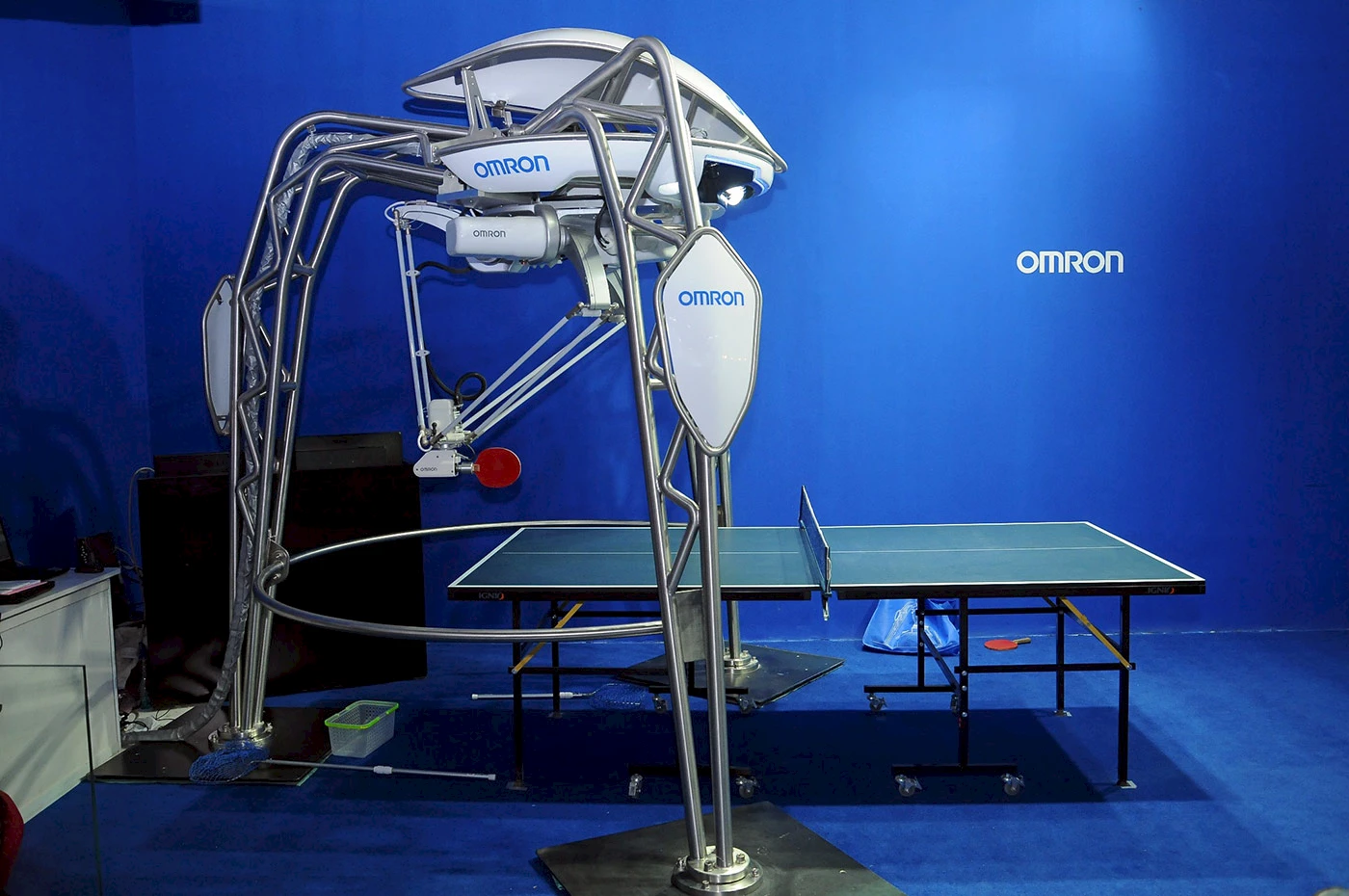
Forpheus. © Omron.
Japanese company Omron has developed a table tennis robot called Forpheus, which will not only play with you but also teach, coach and encourage you along the way. Forpheus (“Future Omron Robotics technology for Exploring Possibility of Harmonized aUtomation with Sinic theoretics”) uses a robotic arm controlled by AI through a 5-axis motor system. Two cameras mounted on each side of the robot help it identify the ping-pong balls, while a motion controller controls the timing and direction of the paddle within 1,000th of a second and 0.1mm. Another camera tracks the human player’s movements to judge their skill and adjust Forpheus’ playing level accordingly, while flashing encouraging messages on an LED screen on the table net.
⇨ Circuit Breaker, “This AI robot will strengthen your ping-pong skills and your relationship with your daughter.”
